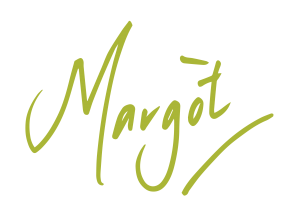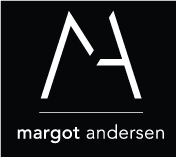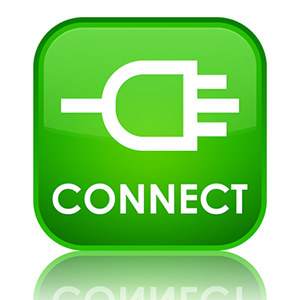1001″]
“Connect, create meaning, make a difference, matter, be missed ”
– Seth Godin
We are all driven to belong and feel connected. Be-it with family and friends, colleagues and the organisations we work for, sporting buddies or members of our local community, we all crave connection. Why? Because ultimately we want to be a part of something that opens up or broadens our world beyond ourselves and helps us create purpose. Essentially connection helps to create meaning, opportunity and value.
Not belonging or knowing where we belong is a terrible feeling. It feels awkward, it hurts and it is alienating. It feels like wearing a scratchy old jumper that niggles away at us for the entire time we have it on. Yet invariably at some point in our careers we will all be faced with a crossroads of having to identify where we best belong and naturally connect in a way that allows us to fully contribute our talents. Sometimes this can occur due to forced situations such as redundancy or relocation and other times we simply feel that we have outgrown our current opportunity or organization.
Recently I returned from London where I found myself talking extensively with expats who have started to explore the idea of returning ‘home’. Many of these individuals have spent ten to fifteen plus years building an impressive career in their chosen fields highlighted not only by a long list of signature achievements but often rapid rises in career progression and into key leadership and C-Suite roles. Invariably they were also highly engaging, inspiring and driven individuals whose key desire was and is to make a meaningful contribution for both themselves and the business they work for.
So what was stopping them from boarding the next plane home? In a nutshell it was fear of disconnection (both socially and professionally). Finding people and organisations that they could meaningfully connect and engage with that would allow them to showcase and value their prior knowledge and leverage their experience.
Connection and belonging is widely recognised as being one of our basic survival needs. Abraham Maslow whose well known work in the area of human motivation positions it as our third most fundamental need in his hierarchy of needs. William Glasser, another renowned American psychologist noted that we are driven by five genetic needs: survival, love and belonging, power, freedom and fun. To overlook our need for connection and belonging is not only detrimental to our personal lives but also our careers.
Seth Godin who is widely credited with coining the term ‘The Connection Economy’ describes how we are entering a new era that rewards value created by building relationships and fostering connections rather than assets and ‘stuff’ which was previously valued in the industrial era. Rather than simply valuing ‘more, better, faster’ the connection economy builds on who you know, what you know and how you influence outcomes through your connections. It recognises that ‘more, faster & better’ can really only be achieved through collaboration and facilitation with those around us.
It is often quoted that up to 80% us of will secure our next career opportunity through our connections or networks. Whilst often harder to quantify many of us will attribute our key achievements to the ability to leverage known connections (both internally and externally) to achieving the outcomes and level of success that we do.
Learning how to build, maintain and leverage diverse and authentic connections though is one of the key challenges that face many professionals today. Connections that challenge our thinking; open the door to innovation and help create an agility and nimbleness to navigate the world we live in. Connections that help us future-proof our careers.
So what actions can we take to create meaningful connections that offer a mutual exchange of value and help us succeed both today and in the future? Seth Godin outlines four key pillars that underpin the connection economy.
- Co-ordination: you need to create a plan to meet with people who can offer value, insights, knowledge and experience. This means firstly identifying who they are, creating a purposeful reason to engage and then actioning it by making time in the diary.
- Trust: Identify and engage with people you can trust with your ‘story’. People whose interest and goal is to see you succeed.
- Permission: You need to give people permission to engage and share their insights, opinions and knowledge.
- Exchange of Ideas: True connection is always underpinned by the sharing of problems, ideas and solutions. This builds on the notion that we are smarter and more successful together rather than alone.
Learning how to initiate connection and not just respond to it is what will set us apart. Connection not just with our internal stakeholders but with our industry peers and leaders, the movers and the shakers and across our broader community. I would strongly encourage you to take some time to consider how you might be able to build the quality of your connections and explore ways that you can mutually contribute to each others success.
As always I would love to hear your thoughts below.
 If you would like to explore ways to build confidence, clarity and choice in your career please contact Margot on 0400 336 318.
If you would like to explore ways to build confidence, clarity and choice in your career please contact Margot on 0400 336 318.

